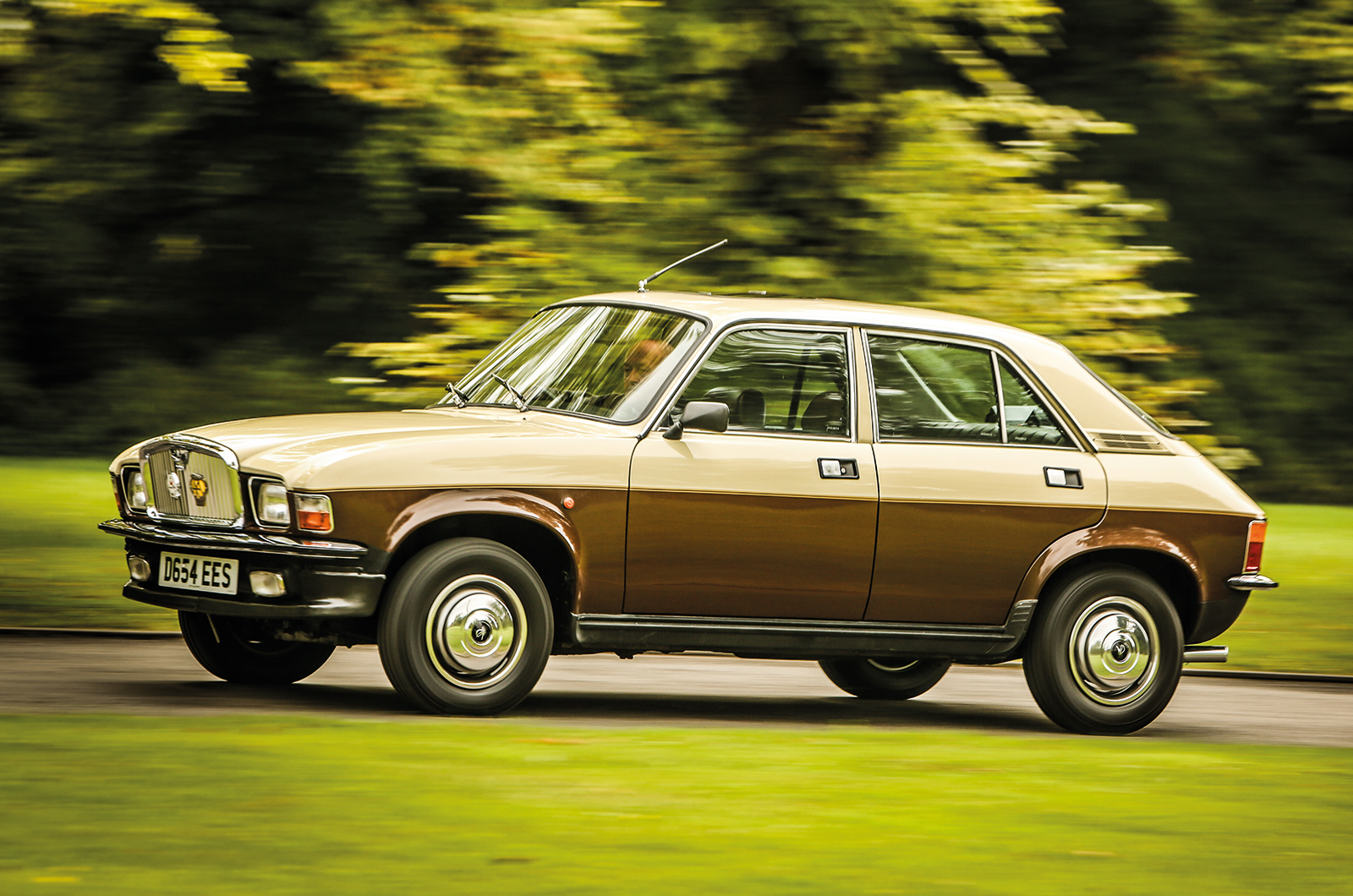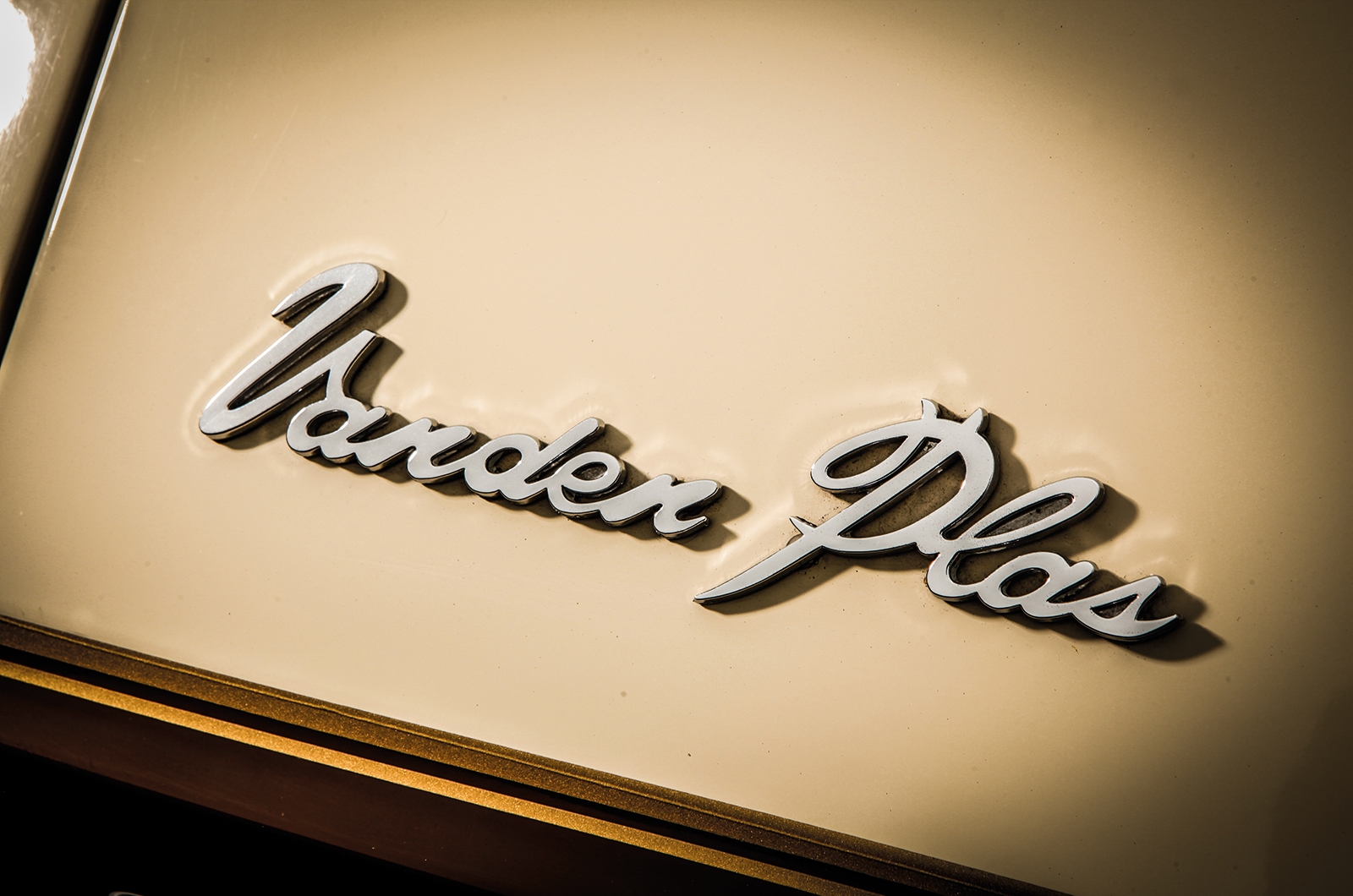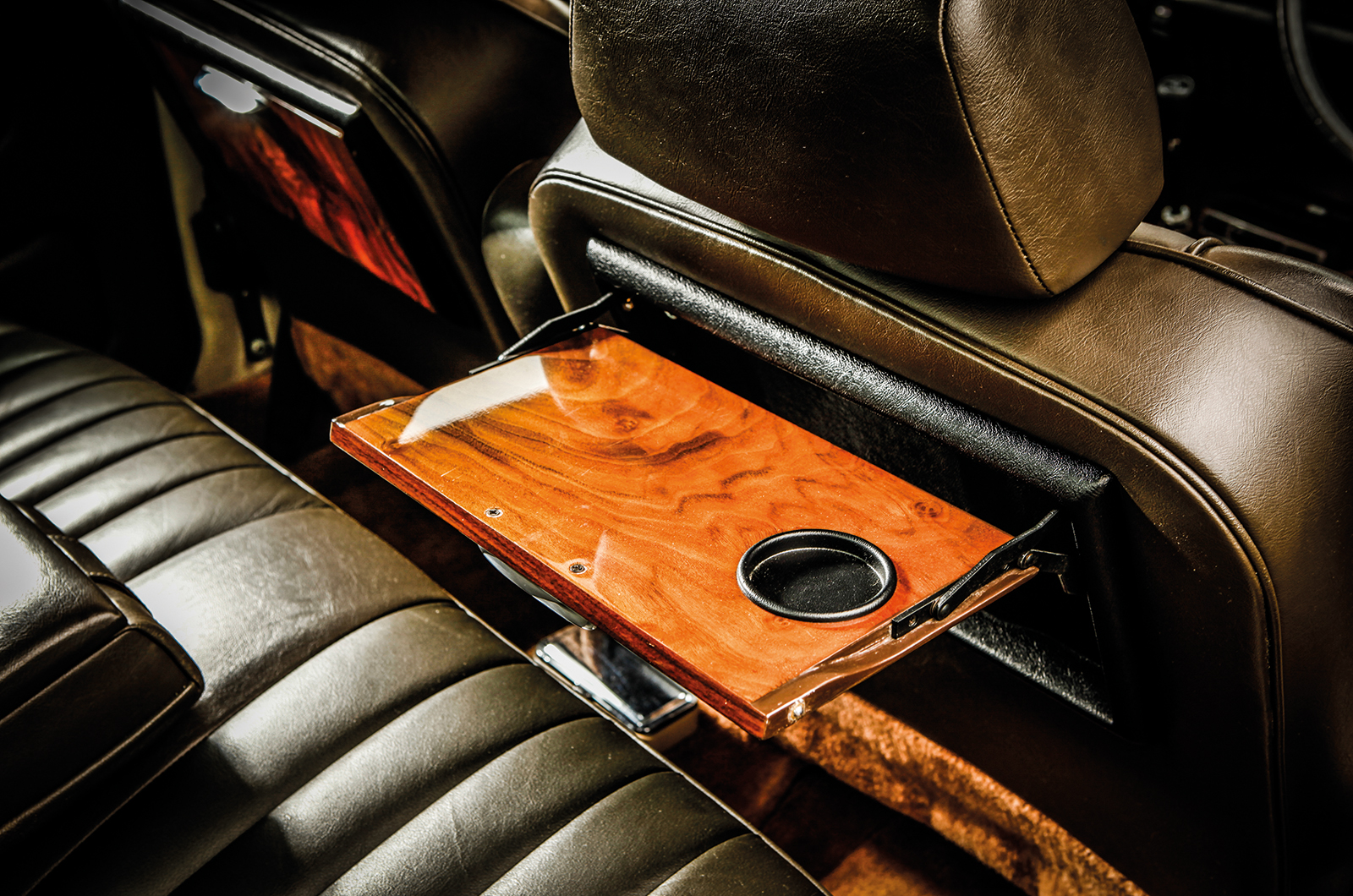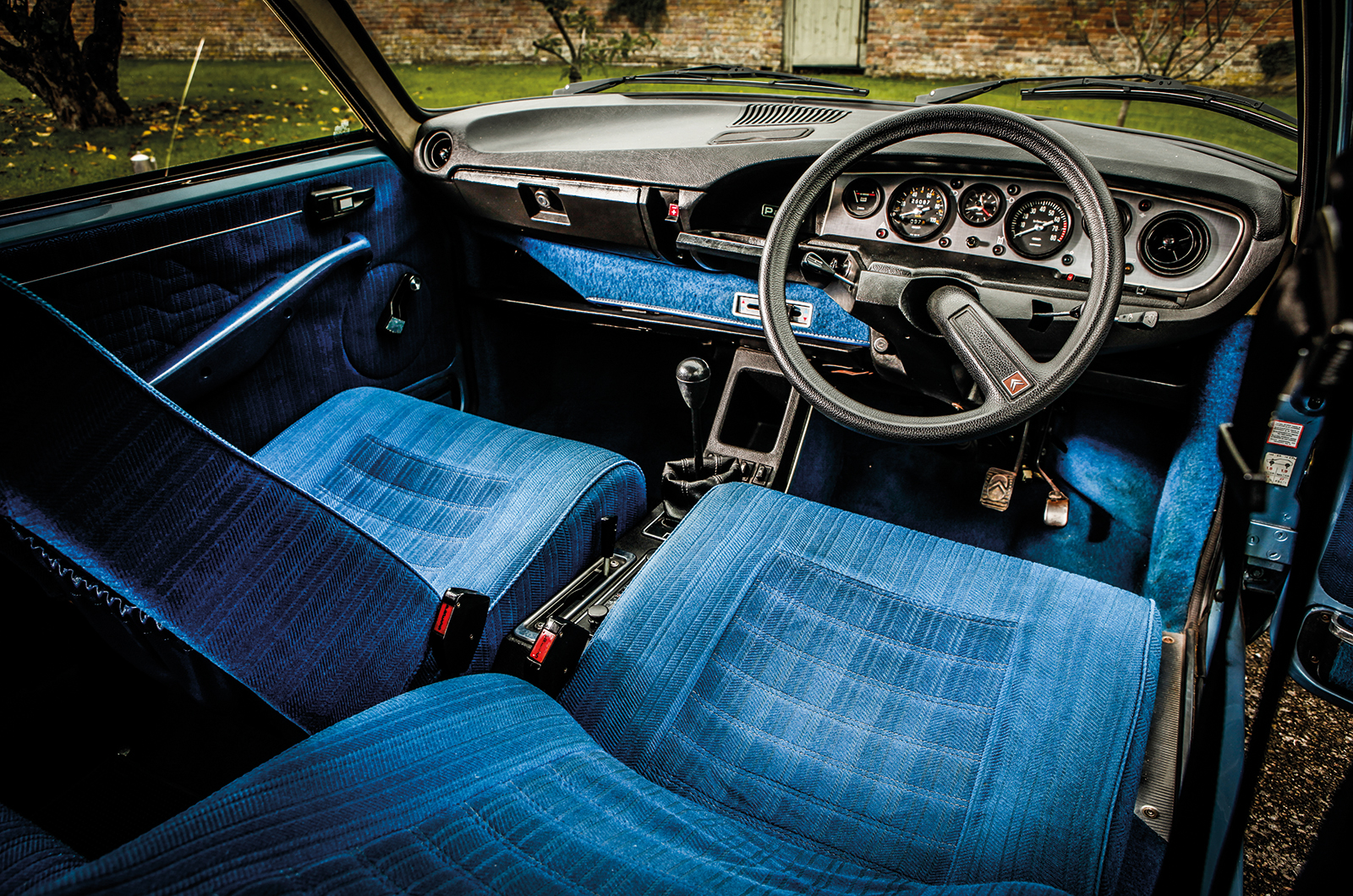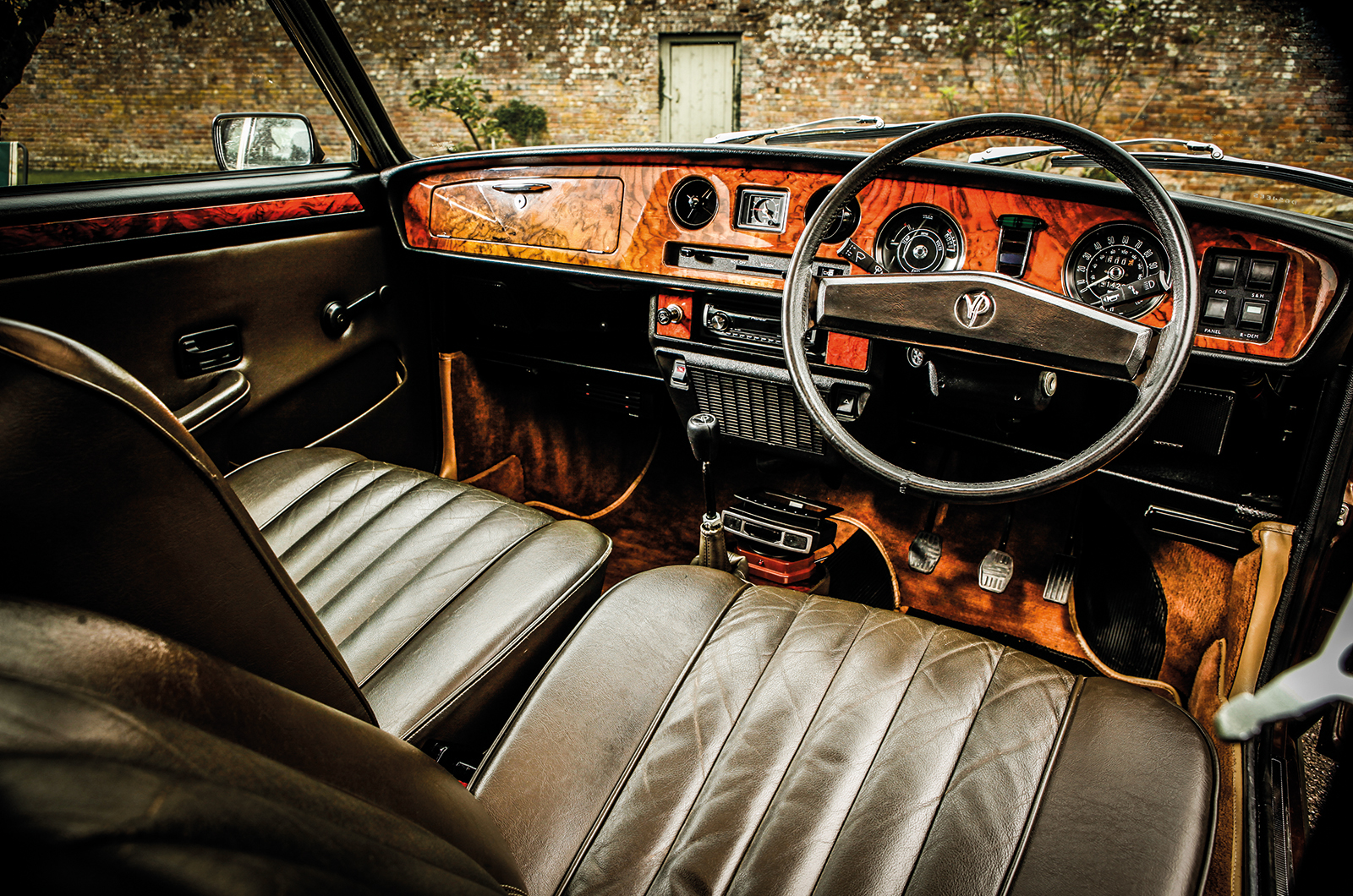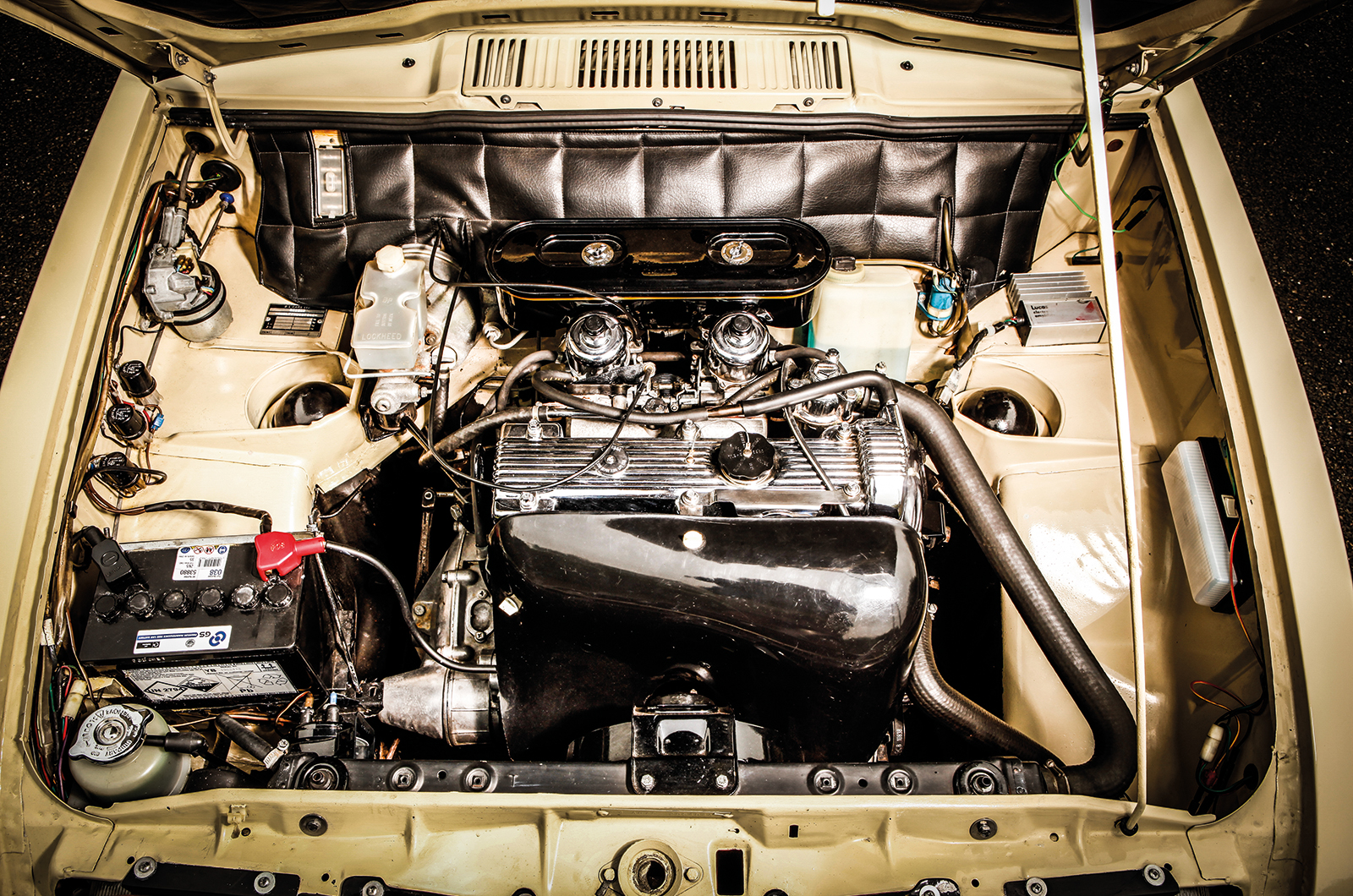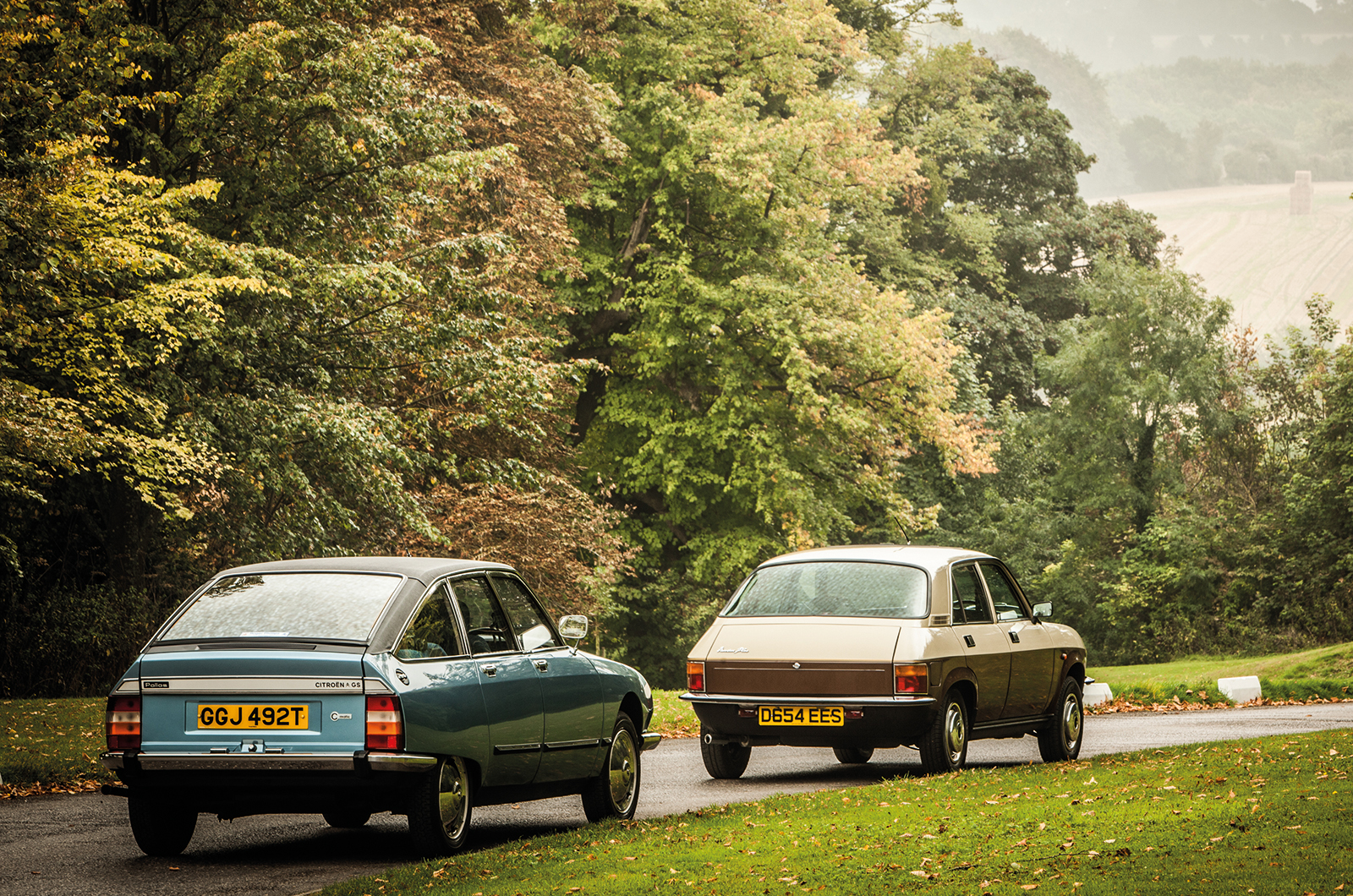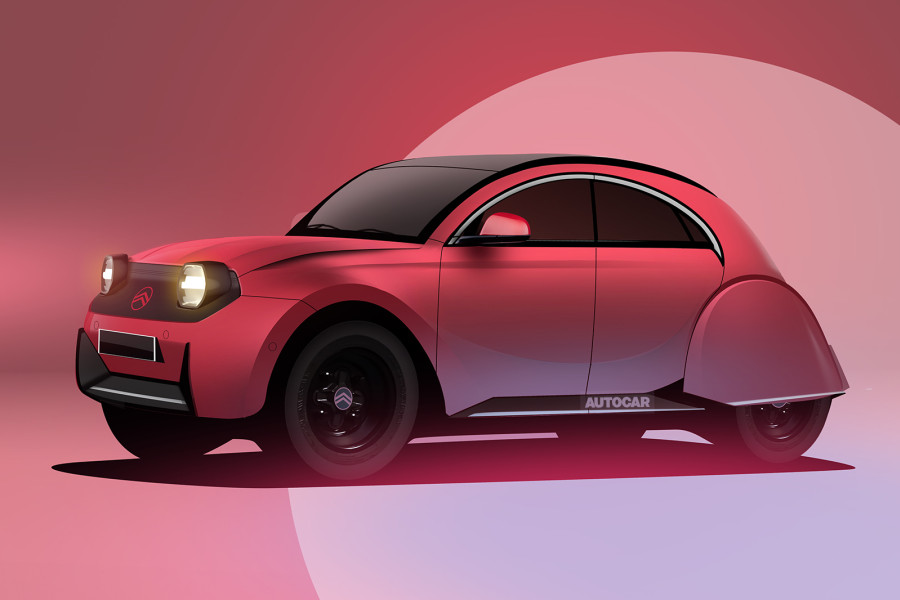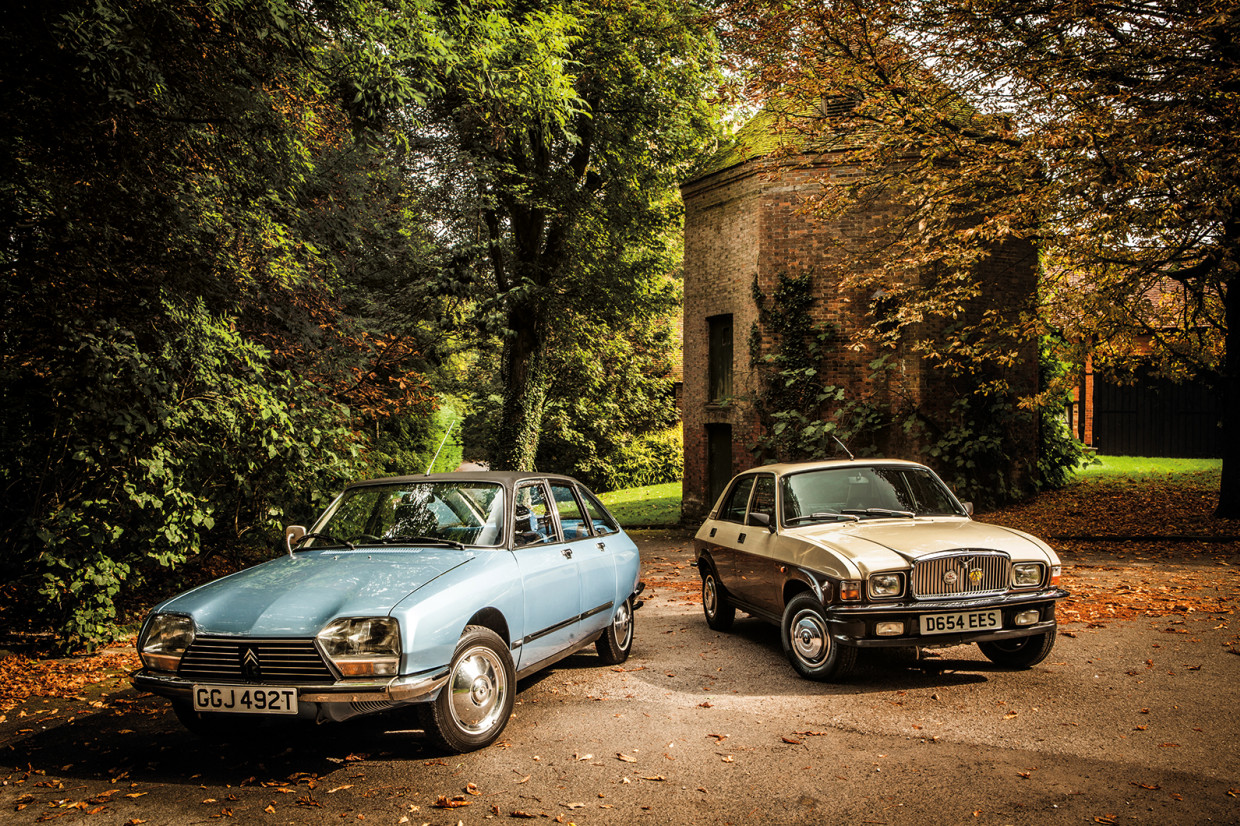
At first sight, the Citroën GS Pallas and the Vanden Plas 1.7 seem about as incongruous as that 1977 Bing Crosby duet with David Bowie, yet their parallels are quite marked.
Each is a socially aspirational front-drive saloon that made its debut in the 1970s and, when the Austin Allegro was launched in ’73, one of its major rivals was the GS.
So it seemed only logical to compare the two, very different, flagship versions of each in the gracious surroundings of Lainston House Hotel near Winchester.
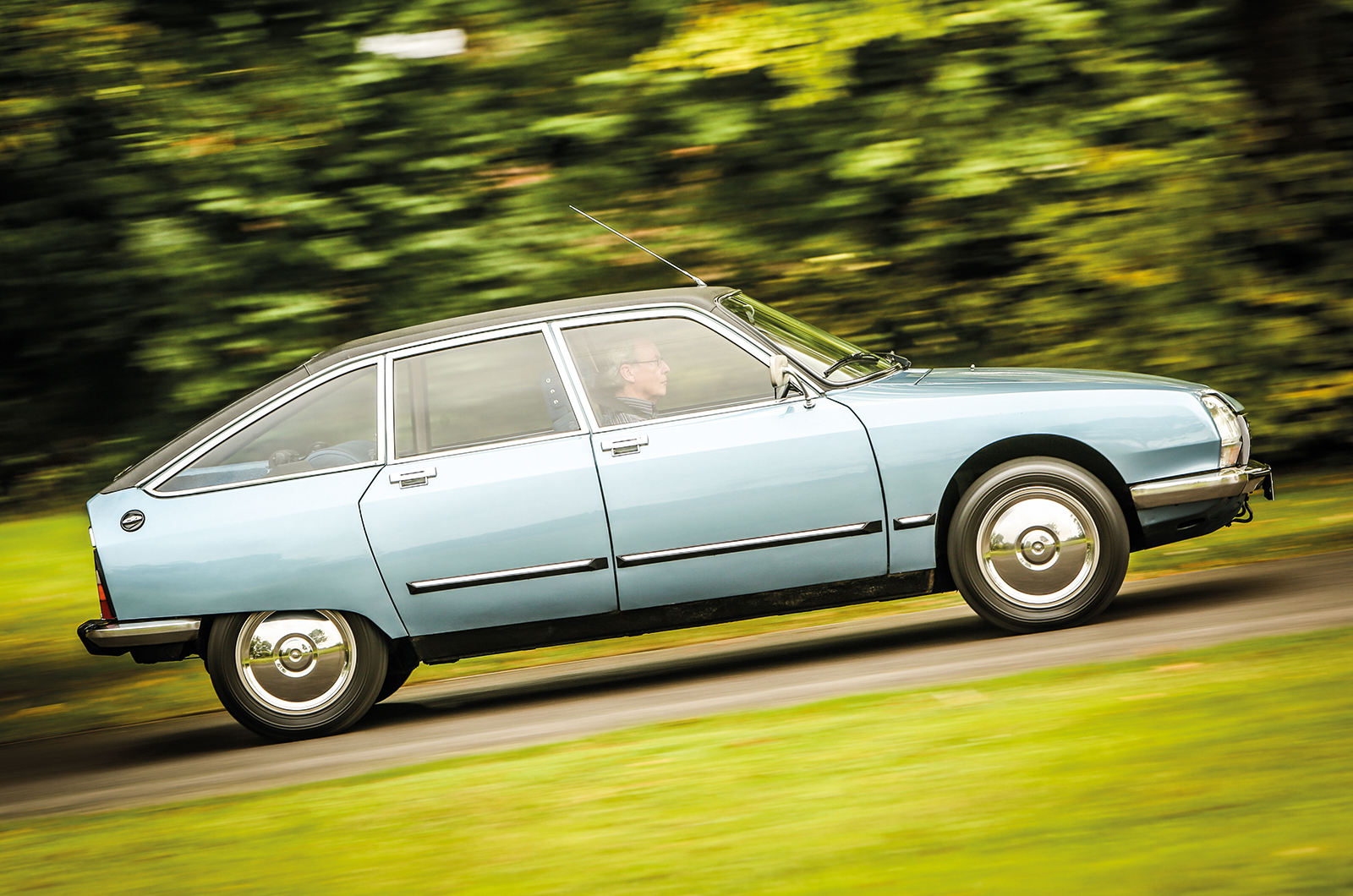
The GS was introduced in October 1970 as Citroën’s long-awaited medium-sized model to bridge the gap between the Ami 8 and the entry-level D Spécial (or ID, as was).
Back then, a mass-produced front-drive saloon with hydropneumatic suspension, a ride adjustable to three heights, plus inboard disc brakes fore and aft would have seemed revolutionary – even without Robert Opron’s attractive styling.
The Kamm tail and aerodynamic lines anticipated the CX, and one of the few indications of the design’s age was the slot for a starting handle.
The Citroën GS was named Car of The Year ahead of the SM in third place and the surprising choice of the Volkswagen K70 in second.

British-market sales commenced in ’71, and a 1222cc engine option to augment the 1015cc air-cooled flat-four was added during the following year.

